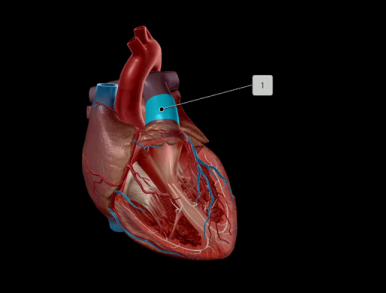3 Ways to Gamify Your Classroom
By Kara Kindstrom, Visible Body
The following article contains specific content related to products sold by the company and/or manufacturer. CASE does not endorse or evaluate the advertised products, service, or company.
Life science classes aren’t all fun and games… but maybe they can be. Many are dependent on rote learning, which can make it difficult to keep students engaged. Gamification can help!
One way gamification enhances learning is by increasing student motivation—after all, who doesn’t like a little competition? Students become more engaged in the course material, and games can also help students get into a “flow” state of focus. Gamification can lead to better learning retention as well. Below are three quick ways to gamify your classroom. For more ideas, visit our blog.
Flashcard Game Show
- You can make your own Flashcard deck and write prompts using the text feature, or you can use one of pre-made Flashcard decks, which is an excellent additinl to any life science classroom.
- Using a smart board, project the Flashcard deck. Divide your class into teams of 3-5, and ask each team to choose a leader to submit the team’s answers.
- You can flip the Flashcard by clicking on it, revealing the correct answer. Each team who answered correctly gets a point—and the first team to answer correctly gets a bonus point.
- One great feature of Flashcards is that decks are shareable, which means that students can study from the same decks at home.
Dissection Jeopardy!

Jeopardy is a popular classroom game because it’s a simple, direct way to review information. In this particular game, ask students to access the relevant Visible Body 3D view that best corresponds to learning objectives. Students will find and identify the structure described in the Jeopardy prompt using the dissection tool.
For example, if the Jeopardy prompt was “This thorax muscle is the principal muscle of respiration,” the students would use the dissect tool to find the diaphragm.
Ask students to use the Draw Tool to draw arrows or circle their answers, then raise their hand to “buzz in.” This activity promotes recall and challenges students to use spatial reasoning to help develop students’ visuospatial processing, an important element of health sciences professions.
Roleplaying rounds
In this activity, students will act as medical professionals and examine 3D pathology models as their “patients.” Unlike the other games we’ve talked about, the game element in this activity is roleplaying. Roleplaying is a well-established pedagogical tool. Divide students into small groups, assigning each a 3D pathology model in Physiology & Pathology. After exploring the model, each group must give a short presentation on their “patient.” Using the model as a visual aid in their presentation, each group will…
- Describe the symptoms the “patient” is experiencing
- Describe the relevant anatomy and physiology
- Describe how the pathology at play obstructs the physiology
Leave time for other students to ask questions, or, if the class is feeling quiet, you can ask follow up questions. Exploring clinical contexts like in this activity makes students more engaged in the subject. Plus, in addition to learning and developing collaborative skills, your students will use high-order thinking to synthesize information for their presentations.
Want to learn more? Fill out the form to receive a trial.




